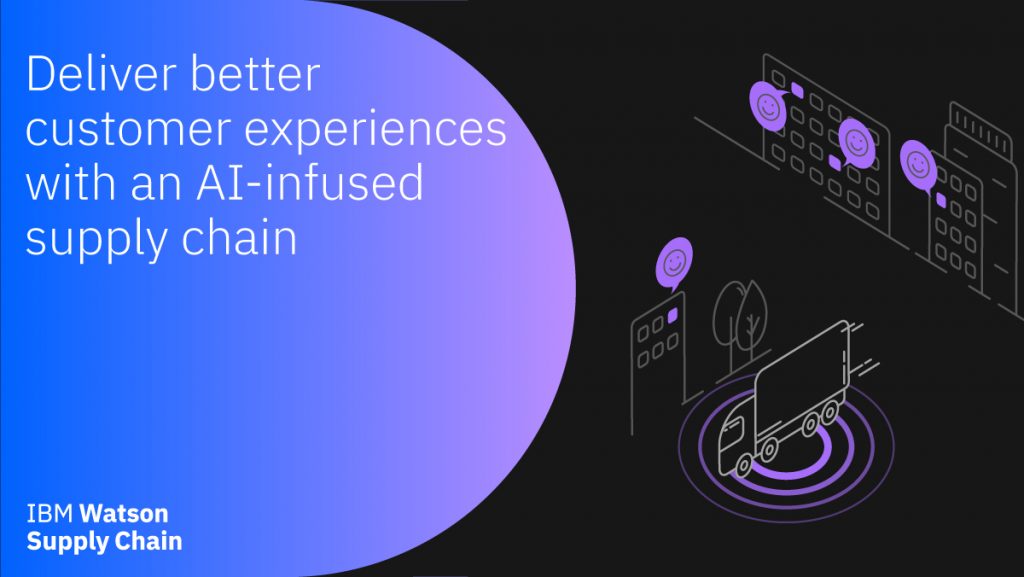Blockchain
IBM Blockchain Platform for Supply Chain Financing
November 3, 2019 | Written by: IBM India Pvt Ltd
Categorized: Blockchain | Supply Chain
Share this post:
The MSME sector in India is increasingly becoming the heartbeat of Indian economic development and growth. This sector not only accounts for more than 45% of industrial output and 40% of total exports but also employs more than 106 million staff. With one million Indians entering the labor force every month, the role of MSME sector as key employer is fast becoming a cornerstone for India’s overall socio-economic growth.
While the government is taking multiple initiatives towards skill development and accessibility of funds, the latter still remains the biggest stumbling block towards growth of this sector. The current scenario of fractured credit assessment procedures, non- standard approach to project evaluation and heavy burden of collateral asset requirements cannot be overcome in a single step.
A technology platform that has the capacity to address these issues, in series of logical and progressive steps, should be given due consideration.
IBM’s Blockchain platform for supply chain financing offers a streamlined approach to managing credit approval process with modular design for easy onboarding and usage. The platform offers digital and secure solution to reduce complexity and effort required to process customer lending requests. A simple onboarding process allows the target segment to digitally self-onboard themselves, a simple workflow across the funding agency, anchor client and suppliers provides the much-needed transparency towards credit assessment and allocation of funds.

The solution also keeps the technology barrier to entry, to a minimum level. Tier -2 and tier-3 level suppliers can use the platform, from day one, to process and track the entire lifecycle of their financing requirement, and without the need for any additional technology investments. For the funding agencies, dashboards and structured reports are available for internal analysis and reporting requirements, as part of the base product. More complex and ad-hoc reports can be generated on request.
The platform also tends to optimize the human intervention by offering easy ‘customizable’ smart contracts to define and execute business rules.
- Funding agencies can set rule-based fund allocation, approval workflows and approval tiers.
- Anchor clients, or buyers, can onboard their suppliers on the network through a simple onboarding portal, and assign specific credit cycles and payment arrangements.
- Suppliers can seamlessly upload digital documents from web-based or mobile based applications and request for funds on the click of a button, rather than going through the lengthy and manual document exchange process.
The platform will also address many inherent inadequacies of the current technology platforms like the issue of double discounting, inability to manage customer relationship, only providing a single time transaction mechanism and the issue of assessing the credit worthiness of a customer from their transaction and payment history.
The IBM Blockchain platform for supply chain financing not only offers a single interface to manage the entire lifecycle of a credit request workflow but also provides easy approach to manage customer relationship, end to end view into the purchase & payment history and process automation through smart contracts.
Join Kartik Burman’s Learning Lab session at 2:45pm on Nov 12th at the Gartner Symposium in Goa to learn more or request for a demo by writing in to us or by reaching out directly to kartikburman@in.ibm.com.
Visit this webpage to know more about IBM’s presence at Gartner Symposium IT/Xpo 2019 and follow the hashtag #IBMatGartner on Twitter
Is your supply chain your competitive advantage?
87% of CSCOs consider proactive mitigation of risks and disruption critical, yet only 36% say they are adequately equipped to do so.1 Most businesses today are struggling with traditional supply chain models that are slow and lack end-to-end visibility. As a result, businesses are unable to sense, predict and mitigate disruptions that can cripple their […]

